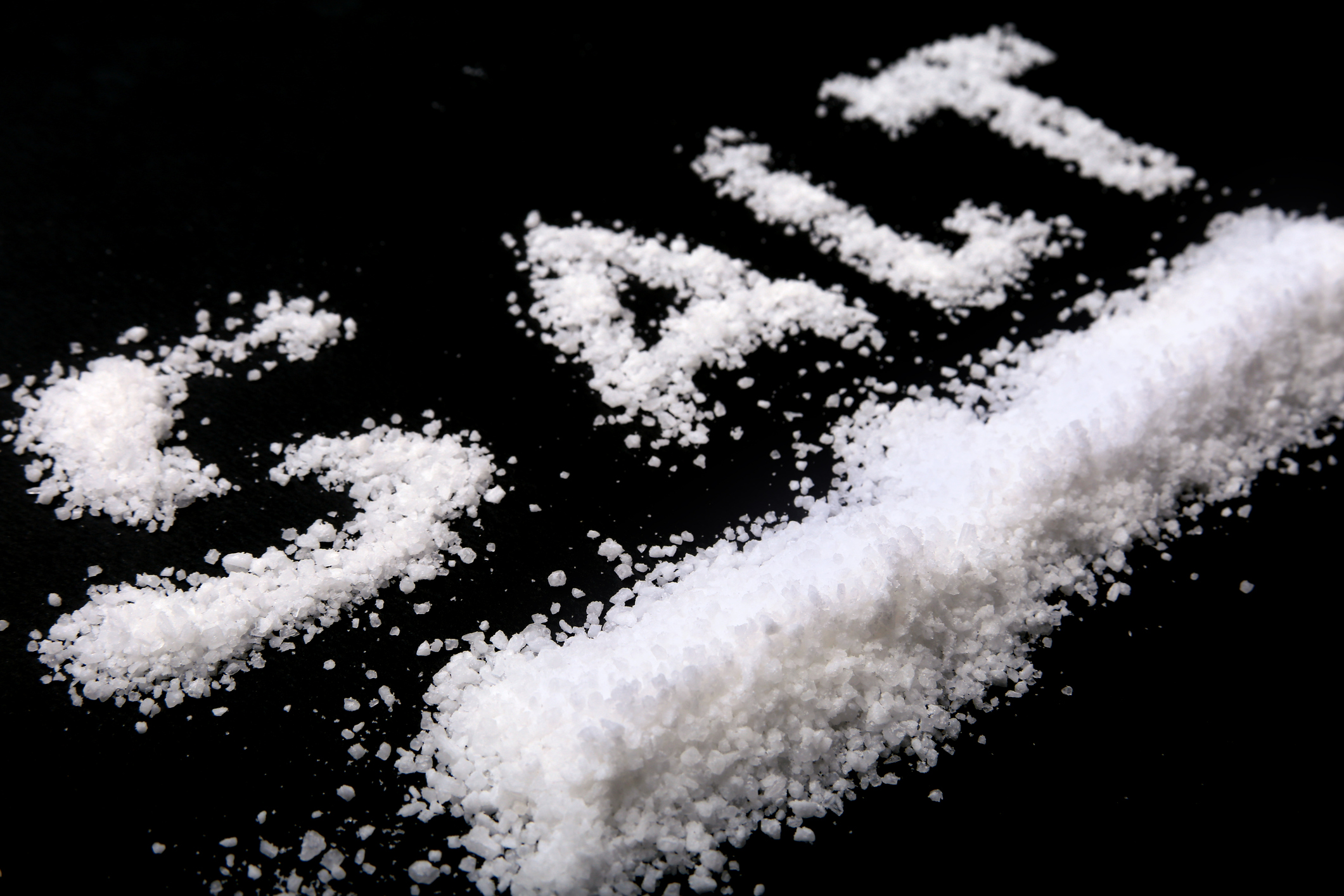January is a month to revisit goals that can help individuals achieve a better quality and hopefully longer life. And new research may have many seniors taking closer note of the amount of sodium in their diet to protect brain health. A recent study out of Toronto’s Baycrest Health Sciences and the University of Toronto suggests that older adults who eat a high salt diet and don’t get regular exercise are at an increased risk for cognitive decline.
Most middle aged and older adults are aware that too much salt in the diet may lead to heart disease and high blood pressure but until now, the effects on the brain have not been clear. Researchers at Baycrest monitored a group of more than 1,200 healthy men and women between the ages of 67 and 84 over a period of three years. The participants’ salt consumption and level of physical activity as well as cognitive function were recorded at the beginning of the study to create a baseline.
At the end of the three year period, older adults who ate a high salt diet, whether sedentary or active, were observed to demonstrate a decline in cognitive performance. Health Canada recommends adults consume no more than 2,300 mg of sodium each day which falls into a category researchers in the Baycrest study considered a low sodium diet.
Why is salt damaging to the aging brain? According to another recent study from Weill Cornell Medicine, published in the journal, Nature Neuroscience, high dietary salt intake may cause a disfunction in the endothelial cells lining our blood vessels. The brain requires a steady flow of oxygenated blood to function properly and if disrupted, can result in cognitive decline.
The good news out of the Cornell study is that researchers also found that the harmful effects of a high salt diet could be reversed (in mice) after a period of 12 week returning to a normal diet. Interestingly, although blood flow to the brain was reduced with a high salt diet, blood pressure remained unchanged.
Even if you avoid over-salting food, it’s important to check labels, especially in processed foods which may contain hidden sodium you might not expect. Many snack foods, cereals, condiments, breads and sodas are a hidden source of added salts. Look for foods with labels that read sodium-free or very low sodium.
The Center for Disease Control’s Salty Six
- Breads and rolls – each piece can have up to 230 mg of sodium
- Pizza – one slice can have up to 760 mg of sodium
- Cold cuts and cured meats – Two slices of bologna have 578 mg of sodium
- Poultry – especially chicken nuggets. Just 3 ounces have nearly 600 mg of sodium
- Canned soups – one cup of canned chicken noodle soup can have up to 940 mg of sodium
- Sandwiches – consider the bread, cured meats, processed cheese and condiments, and sandwiches can easily surpass 1,500 mg of sodium






Add Your Voice
0 Comments
Join the Discussion